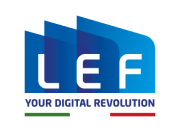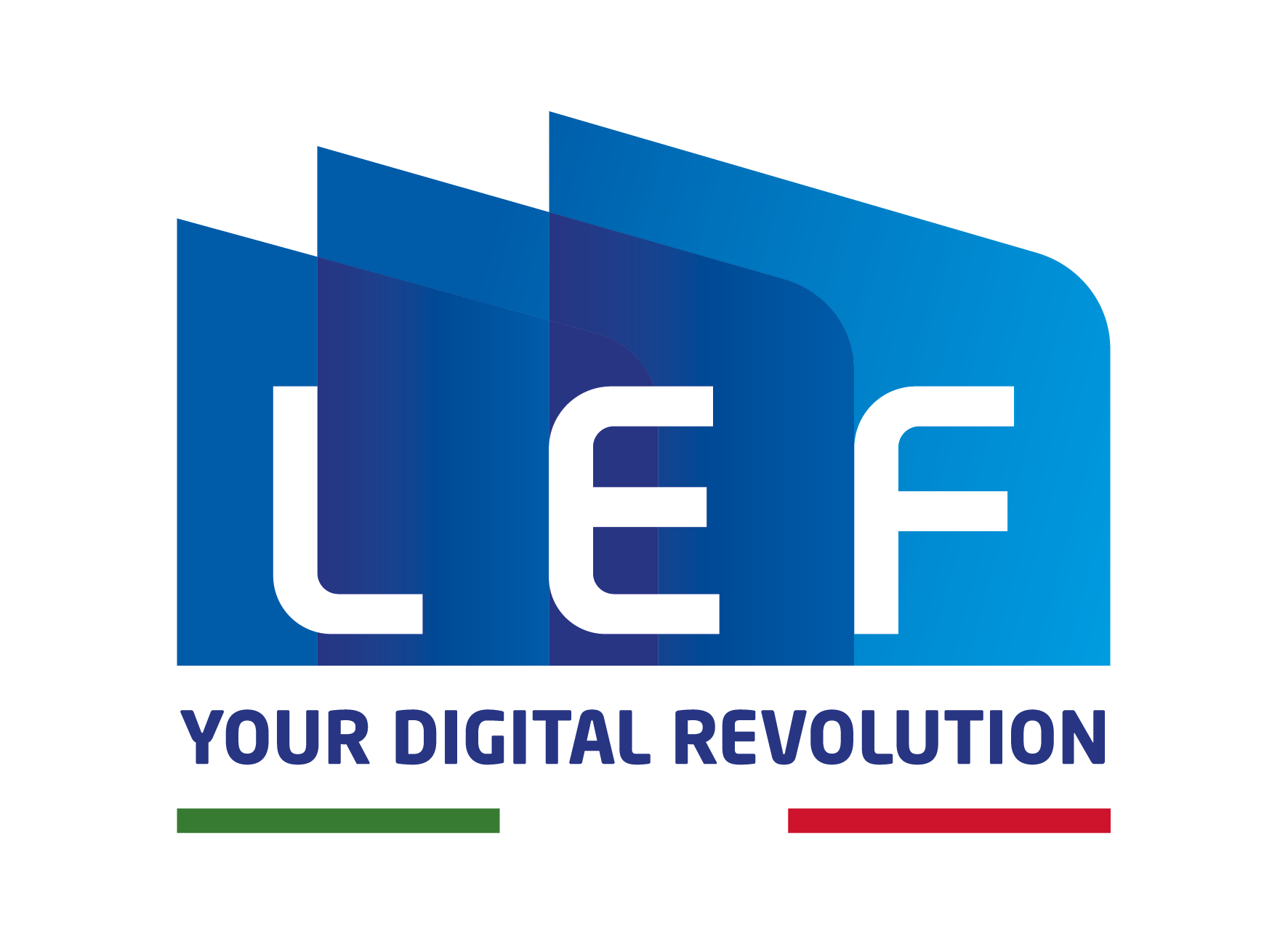Industry 4.0: What it means
Features and requirements of Industry 4.0
Let’s start by saying that Industry 4.0 and digital transformation are almost synonymous: in fact, the term Industry 4.0 was coined around 2013 at the Hannover Messe to identify a whole series of trends, already present at the time, that were related to the world of digitalisation.
Originating in the German context of the fair, the term Industry 4.0 has over time become the European way of defining the set of businesses and applications that revolve around digital.
In Italy, it has taken on institutional weight since 2017, the year in which the government launched the National Plan Industry 4.0, i.e. a set of incentives (hyper and super depreciation, innovation credit, tax credit, patent box and start-up acceleration) to support companies in order to encourage the spread of digitisation and innovation.
What the national plan for Industry 4.0 foresees
The Industria 4.0 Plan is a set of organic and complementary measures for the benefit of manufacturing companies (and others) that want to seize the opportunities linked to the fourth industrial revolution; in particular, it consists of incentives aimed at encouraging investment in innovation and the competitiveness of Italian companies.
The Plan’s innovative aspect also concerns the way in which the benefits are disbursed; in fact, these are not calls for tenders or incentives to be managed through public counters, but rather measures that each company can activate automatically and without size, sectoral or territorial constraints.
Another regulatory framework, in terms of incentives to companies for digitisation and innovation, is the National Recovery and Resilience Plan (PNRR, often abbreviated to Recovery Plan or NRRP). This second Plan, approved in 2021 by Italy, is part of a larger EU-wide programme known as Next Generation EU and is based on a EUR 750 billion fund, allocated by the European Union for post-Covid-19 European recovery. Italy has been allocated EUR 191.5 billion, of which EUR 70 billion (25 per cent) in non-reimbursable grants and EUR 121 billion (63 per cent) in loans, to be used to revive the post-Covid-19 economy and enable the country’s green and digital development.
Industry 4.0 Incentives and Budget Law
From 2017 to the present day, the original structure and the type of facilitations already provided for in the first draft of the National Industry 4.0 Plan have remained substantially unchanged. Every year, however, with the approval of the budget law, the Plan’s facilities, requirements and implementing provisions of the specific incentives undergo a series of revisions, additions, evolutions or non-extensions. The latter is the case of hyper- and super-amortisation, measures that have been suspended for lack of extension in the Budget Law (the last non-extension concerned precisely super-amortisation in the Budget Law 2022).
The hyper-amortisation and super-amortisation were mechanisms of super-amortisation (higher depreciation to the extent of 250% and 140%) of investments in tangible, instrumental and intangible assets (software and IT systems) purchased new or leased, enabling the transformation to 4.0. These measures, which were not extended by subsequent budget laws, have been partly replaced by the 4.0 tax credit.
The benefits confirmed to date under the National Industry 4.0 Plan for companies wishing to evolve in the area of digitalisation and innovation are:
- tax credit for investments in capital goods 4.0 functional to the technological and digital transformation of companies;
- tax credit for training 4.0, i.e., for employee training expenses aimed at acquiring or consolidating skills in technologies relevant to the technological and digital transformation envisaged by the Impresa 4.0 National Plan;
- access to subsidised credit for the purchase of tangible and intangible capital goods (new Sabatini), including software and digital technologies.
All the incentives provided for by the Ministry of Economic Development, as amended, can be viewed at this link.
Digitisation: software, management and artificial intelligence
In the various measures implemented by the government as part of the Industry 4.0 Plan, there is a full awareness that digitalisation does indeed concern capital goods, machinery and other tangible investments, but much more, or in any case in close correlation, also intangible goods, software, enabling technologies and the training of new skills.
For this reason, the various incentives do not neglect, indeed they take well into account, everything that concretely means digital transformation in the company.
For example, among the topics of Training 4.0 we find:
- big data and data analysis;
- cloud and fog computing;
- cyber security;
- simulation and cyber-physical systems;
- rapid prototyping;
- visualisation, virtual reality (rv) and augmented reality (ra) systems;
- advanced and collaborative robotics;
- human-machine interface;
- additive manufacturing (or three-dimensional printing);
- internet of things and machines;
- digital integration of business processes.


